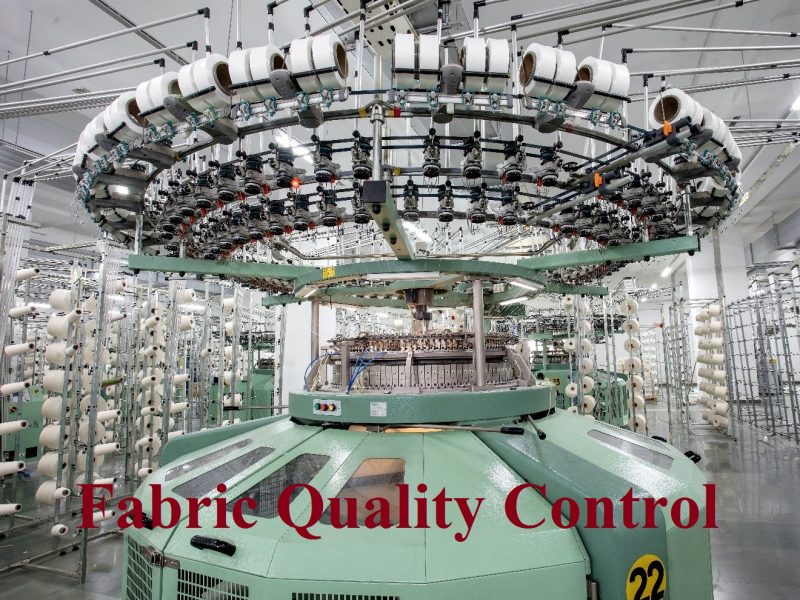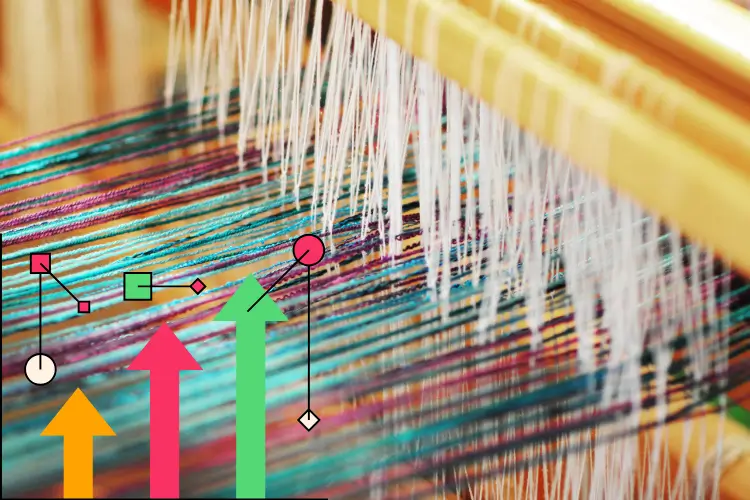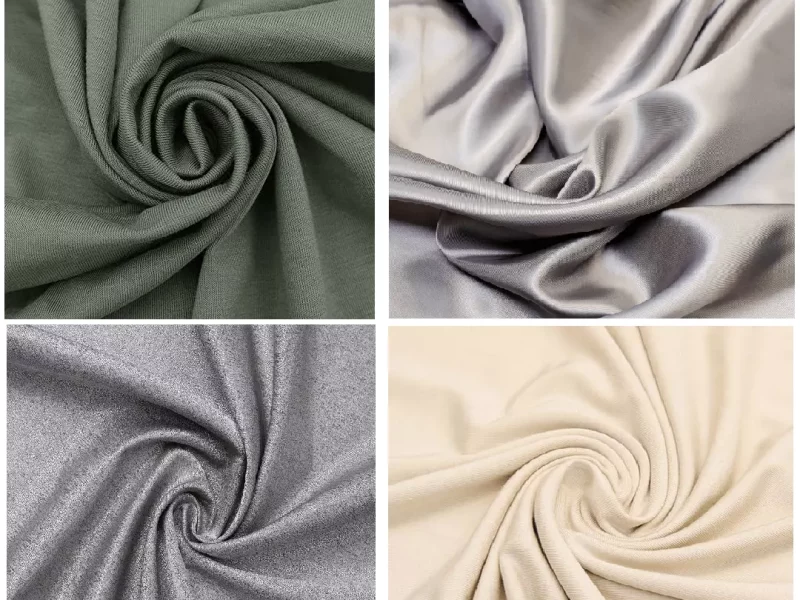The world population is increasing rapidly, which also increases the demand for production in every field. Apparels are the second significant need of humans after food. The modern fashion industry has doubled this need through advertisement, and there is always some space in our 5 door wardrobe for the new-fashioned clothes and footwear.
Ways To Overcome The Rise Of Raw Materials In The Textile
Now people buy more clothes than ever which affects the global economy and environment. The textile industry, directly and indirectly, is responsible for the rise of environmental pollution.
From using raw material to producing waste material, the role of the textile industry is of much importance. Natural and artificial raw materials are used to make fabrics, including cotton, silk, viscose, nylon, etc.
What Are The Raw Materials?
Raw material in the textile industry is the substance that works as an input for producing the final good. In the textile industry, these raw materials are cotton, wool, raw silk, oil, etc. first, they altered these raw materials for fabric production.
These raw materials are called TRM (textile raw materials). Textile raw materials are textile fibers that are further processed to make cloths and apparel. Textile fibers or raw materials are of two types;
- Natural fibers
- Artificial fibers
Natural Fibers
Naturals fibers are readymade raw materials available naturally, which we need to extract from natural resources. These fibers come from three natural resources, animal fiber, vegetable fiber, and mineral fibers.
Manmade Fibers
Artificial fibers are of two types synthetic fibers and regenerated fibers. Synthetic fibers or raw materials come from chemical processed polymers. At the same time, regenerated fibers come from natural polymers.
Rise Of Raw Materials In Textile Industry
Raw materials are increasing due to the increasing need for production, which is why prices of raw materials are increasing day by day. The more materials are used, the more wastes are produced, and disturbing the natural environment. To control the rise of raw materials in the textile industry, here are three ways to adopt.
Reduce The Production
The fashion industry has been progressing day by day. It seems nice to adopt a new fashion and live a luxurious life. But what is the cost of this? The cost is not only economical but also environmental. The fashion industry is responsible for pollution. Because the more natural or artificial resources are used, the more chemicals will enter the air and water reservoirs, causing deadly diseases.
These textile chemicals and dyes have hazardous effects on humans, which are behind many types of cancers. Some people think that cotton is the best raw material from natural resources, but cotton production is not as simple. It requires fertilizers and pesticides to improve production, which will join the water reservoirs and destroy the environment.
The health of cotton production farmers is also at risk. The solution to this problem is not to increase the production of natural raw materials but to decree the product. Reducing the production will control the production of raw materials and prevent causes of environmental.
Reuse The Products
Tons of wastes are produced during the production of garments. These wastes are unfinished yarns, damaged footwear, shearing, damaged garments, and lots of other rejected products for some reason. These wastes are clean and can be reused. These materials should not enter the waste materials and should be reprocessed for product makings.
The second method is to sell these products at lower prices to underprivileged consumers. Secondly, reusable wastes are those products that the consumer discards as they turn out of the fashion. Most of the time, these products are also of good quality and can be reused. We can reuse these products through recycling by saving the earth from tons of waste materials and decreasing the production of natural raw materials for the textile industry.
Recycle Textile Wastes
Textile wastes fill almost 5% of all lands wastes. The disposal of textile wastes is problematic for every country. Tons of these wastes are thrown by consumers who are the cause of global pollution. Estimates show that almost 95 % of these wastes are recyclable. These discarded products can be reused, which is good for controlling raw materials and decreasing waste materials.
Luckily, now trends are changing, and recycling is increasing due to the economic conditions. More wastes are now being recycled and reused. People now understand the benefits of recycling; some organizations are raising awareness as well. CTR (Council for Recycling wastes) is trying hard to raise awareness among folks not to throw these recyclable wastes into the solid wastes streams. We are hopeful that this will work and reduce the rise of raw materials.
Conclusion
The modern lifestyle is all about more and more consumption which is the cause of landfills with waste materials. Tons of waste material are discarded by consumers every year, which can be reused or recycled. The consumption of products is not only increasing textile wastes but also increasing the use of plastic packaging. The capacity of landfills is unable to meet the speed of waste production. It is time that world organizations should take serious steps to raise public awareness about the reuse and recycling of the products.




